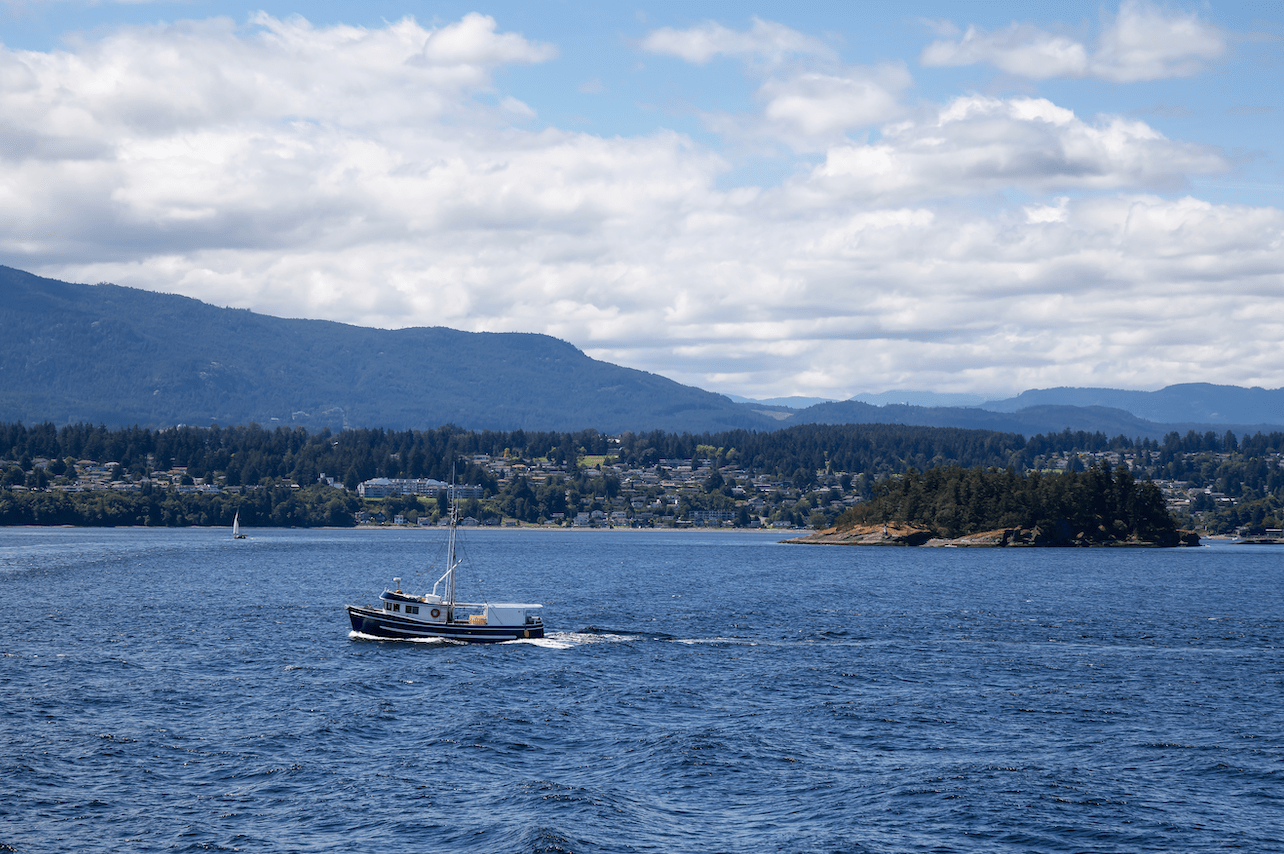VICTORIA – British Columbia Ferry Services Inc. (BC Ferries) saw the highest passenger traffic levels in the second quarter that the company has experienced in more than 20 years. B.C. Ferries has also recorded its highest levels of vehicle traffic, both in the quarter and over the year-to-date.
During this quarter, passenger and vehicle traffic increased 5.2 per cent compared to the same quarter in the previous year, resulting in higher revenue and contributing favourably to net earnings.
BC Ferries offered a range of deeply discounted fares for travel on off-peak sailings, as a way to improve affordability for travellers and to increase availability on the popular sailings.
In the three months ended Sept. 30, 2017, revenues increased by 3.5 per cent (3.3 per cent year-to-date) compared to the same period in the previous fiscal year, due to the increased traffic volumes, partially offset by a lower average vehicle tariff.
The average tariff per vehicle decreased across the system mainly as a result of the many promotional discounted fares offered during this period. The average tariff per passenger did not increase over the previous year because there has been no passenger fare increase since April 1, 2016.
With record high traffic levels over the summer season, and conscious of the impact this can have on ferry customers, B.C. Ferries provided an extra 460 round-trips over and above its regular summer schedule, with some vessels providing shuttle service on the inter-island routes. Over the past six months, B.C. Ferries also introduced three new vessels into service.
BC Ferries’ net earnings in the three months ended Sept. 30, 2017 were $98.4 million, $3.2 million higher than in same period in 2016. Year-to-date, net earnings were $115.7 million, $6.5 million lower than in the same period in the prior year.
However, due to the seasonality of ferry travel, net earnings in the first and second quarters are typically reduced by net losses in the last two quarters of the fiscal year when routine vessel maintenance is scheduled.
Capital expenditures in the three and six months ended Sept. 30, 2017 totalled $52.3 million and $143.5 million respectively. Significant investments were made to complete the Salish Class vessel project, begin a mid-life upgrade on the Spirit of British Columbia, acquire the new northern vessel, Northern Sea Wolf, as well as make improvements to customer-service technology.
Operating costs increased in the quarter by 3.4 per cent (6.0 per cent year-to-date) compared to the same period in the previous fiscal year. Increases in fuel consumption, labour and training related costs arose from increased service levels to communities, higher traffic volumes, additional sailings provided, and the introduction of new ships.

